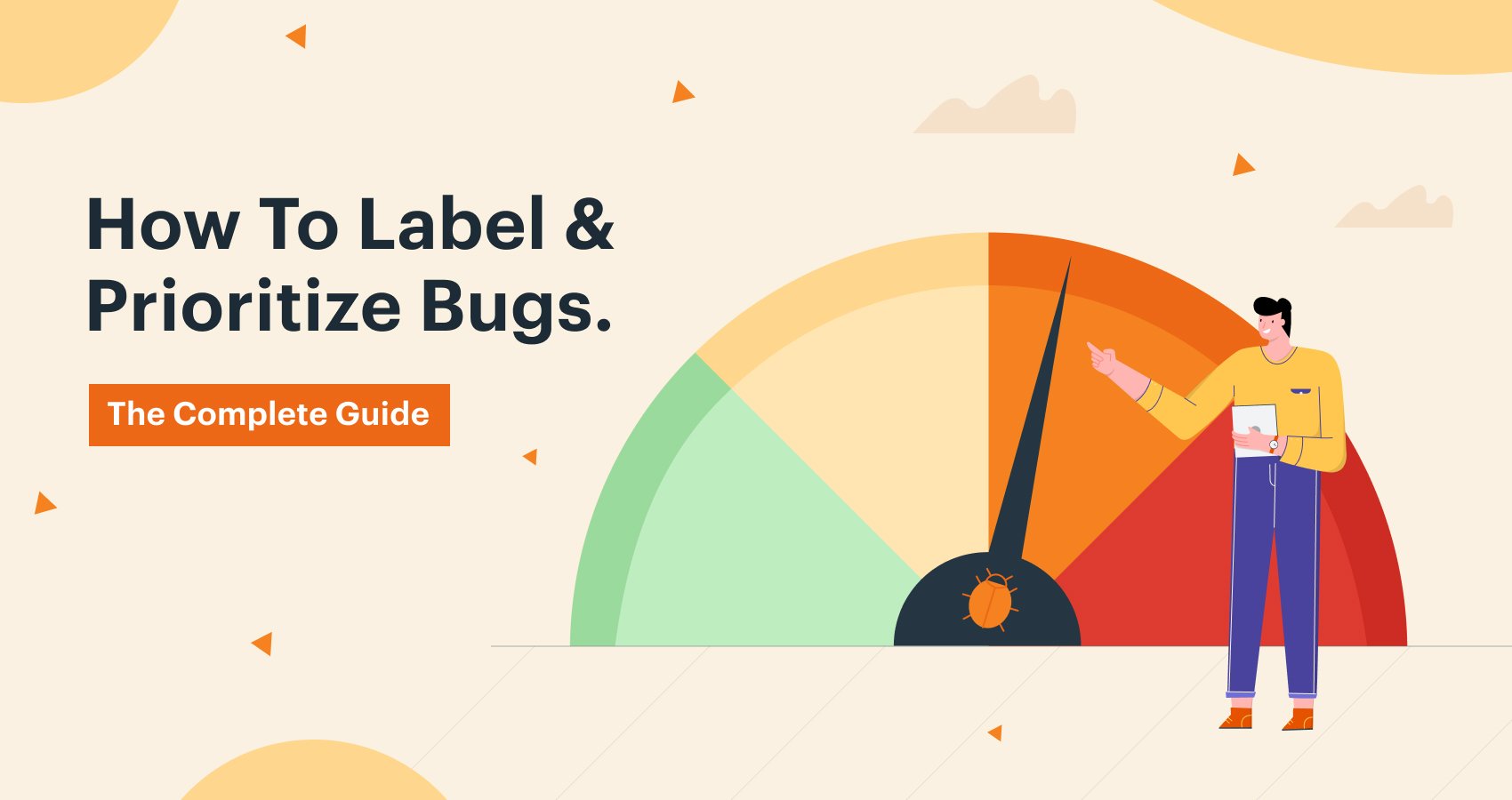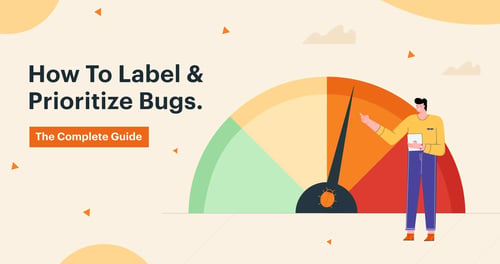How bugs are categorized and prioritized during software development
Buggy products are undesirable. As a product organization, it is crucial that you catch as many bugs as possible before product releases. But even before bug tracking, there is a need to classify and prioritize defects to understand the appropriate course of action and drive resolution.
There are several reasons why this step is so important. First, categorizing bugs correctly ensures that your team focuses on resolving the most critical product defects first. These bugs are more likely to affect user experience and hamper productivity due to their impact on the product functionality and performance. Without categorizing bugs based on their severity and prioritizing them correctly, you’ll lose valuable time by focusing too much attention on minor issues while ignoring the more important ones.
Bug Tracking Categories
During the software development process, bug tracking teams often assign a grading system to categorize bugs efficiently. Bugs can be categorized based on their severity (impact on the product experience) and priority (order in which they should be addressed).

The following are the various bug categories and what they imply:
Low Severity Bugs
Bugs are classified as low severity or minor bugs if they have little or no impact on the key features of a product. While low severity bugs are obvious and would have to be fixed eventually, they do not have any immediate effect on how product users interact with the product.
Examples of low severity bugs include minor defects in the UI or graphic elements that only affect the look or feel of a feature rather than core functionality. They do not require immediate attention and not fixing them won’t stop your app from functioning. Hence, they can be logged with bug logging tools and shelved while the development and testing team focuses on other bug categories.
Medium Severity Bugs
Bugs in this category affect product features and cause them to behave differently from expected. However, their impact on the overall application’s functionality is still negligible. Hence, they are addressed only after the high-severity defects have been fixed.
Medium severity defects don’t significantly impact the usability of a product on the vast majority of users. They only affect minor app functionality. They can wait but should also be addressed as soon as possible, which is usually as soon as the major issues are resolved.
High Severity Bugs
These are significant defects that affect key app functionality, causing the product to deviate from expectations and disrupt the product experience. Bugs are classified as high severity if they interfere with some of the app’s key features and often require urgent attention. While these bugs need immediate attention, it does not cause the product to crash or make it unusable.
For instance, if the login page of the product redirects incorrectly, it immediately impacts the usage of the product. While such a bug immediately impacts the product experience, the app still works irrespective of whether the bug is fixed or not. If discovered before a product release, a high severity bug must be resolved before the product can be released, as it is crucial to the overall product experience.
Critical Bugs
A defect is classified as critical if it completely blocks the functionality and performance of a product, rendering it unusable. Any form of catastrophic failure that leads to the non-usability of a product can be classified as critical. It can also refer to a situation where a core feature is missing or does not work at all. In most cases, a critical bug is typically a high priority. However, there are exceptions to this rule.
Severity vs Priority
In-app development, severity and priority are very similar terms that often go hand-in-hand. Both are crucial to bug tracking and can be used to categorize bug defects as they are caught.
Severity refers to the extent to which a defect impacts the software. This parameter is used to describe the implication of the defect on software functionality. Severity relates to the quality standard of a product. It is an objective method of classification of bugs based on their overall effect on a product.
On the other hand, priority is a parameter that relates to the order in which an issue should be resolved. This is a subjective term that relates more to the scheduling of issue resolution. High priority defects are fixed first regardless of their severity.
Conclusion
The product experience is always central to the development and testing functions in a product organization. Bugs are an inevitable part of the process but how organizations deal with them form the basis of brand perception, customer retention, and promotion. This is why it is crucial to employ an effective bug tracking solution.
One of the hallmarks of an efficient bug tracking system like Kissflow Workflow is how easy it makes categorizing and prioritizing product bugs. More than just addressing and tracking bugs across categories, Kissflow Workflow allows you to collect as much information as possible about a bug, quickly assess impact, and make crucial decisions for quicker resolution.
What are you waiting for? Resolve bugs faster with Kissflow Workflow. Try it for free.










